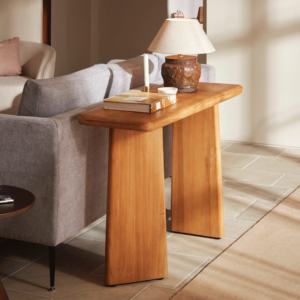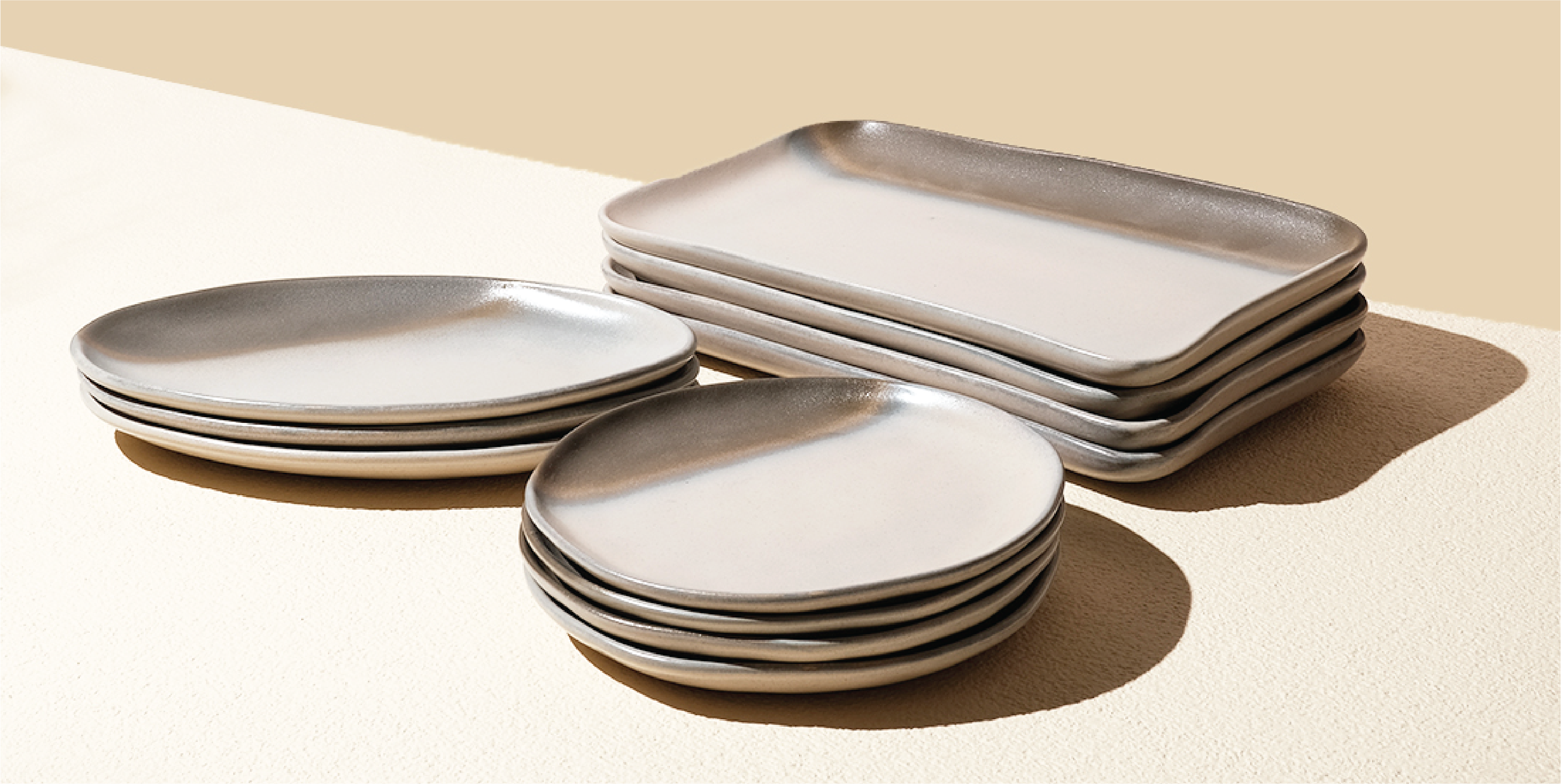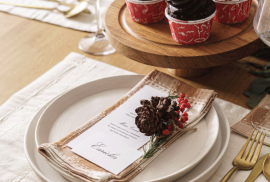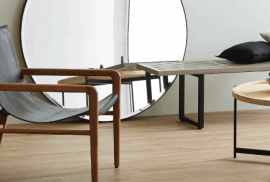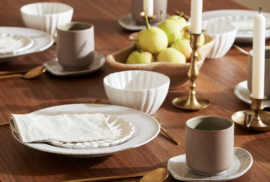Urban Quarter Tips : Get to know the materials
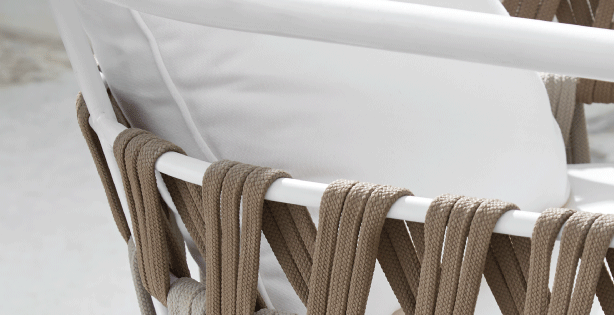
We know that the best investments you make are usually the ones you’ve researched the most. That’s why we’re always aiming to bring you insider knowledge about all materials furniture, home décor, and interior design. The rumor mill often plays a part in our buying decisions – but just because something is often repeated doesn’t mean it’s true.
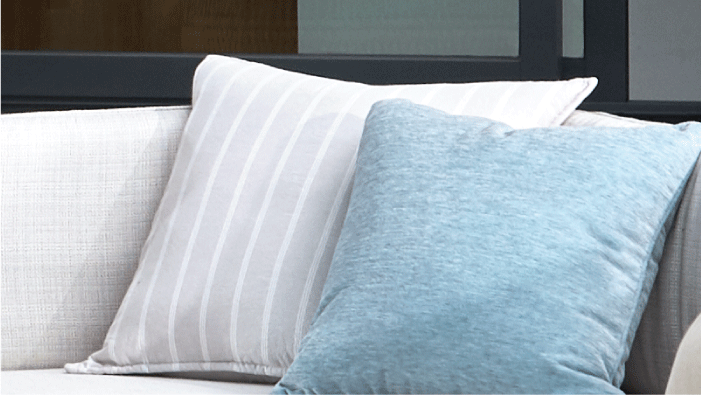
What do you need to look for before purchasing an outdoor cushion?
Are they SUN/UV TREATED?
Are they WATER/RAIN REPELLENT?
Are they MOULD/MILDEW RESISTANT?
Outdoor cushions must be made using high quality polyester which is naturally resistant to mould and mildew with an extra mildew resistant coating. If the cushions are patterned, it must be digitally printed with UV resistant inks so they are brighter and more vibrant in UV light. Tightly woven fibres allow rain and water to bead off the surface and run off instead of penetrate the cushion. Hence, fabrics must be water resistant!

What is the optimal distance between the seat of the bar stool to the table?
25 cm
The common ergonomic standards say that the distance from the bar counter to the seat of the bar stool must be at least 25 cm. So for instance, the height of the bar table is at 90 cm, ideally the recommended bar stool height is around 65 cm.

Which material is used for weaving the back rest of this chair?
Lloyd Loom
Lloyd Loom can be spray painted as it will coat quickly and evenly! You can apply all shades of colors easily to Lloyd Loom. For instance, we finished the Lloyd Loom back rest of this chair to mimic natural rattan for the soft and warm look.
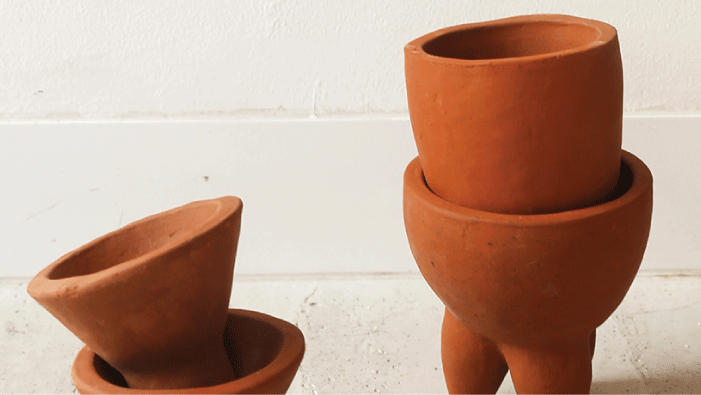
The term ‘terracotta’ means:
Baked Earth
A number of different clay-based materials are used for planting pots. The term terracotta (the term means “baked earth” in Italian) generally refers to an unglazed, somewhat porous ceramic made from clay. These are the familiar reddish-brown clay pots that are very popular as planting containers.
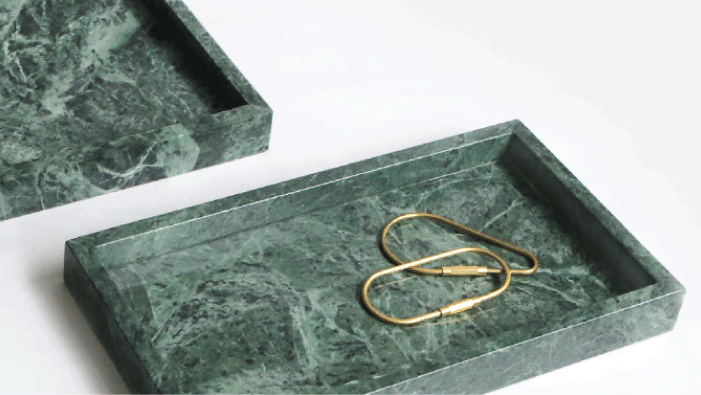
Which product is not allowed to be used to clean marble?
Vinegar
Acids and alkalines remove the weaker particles of marble at the surface. This is called etching, and when the weaker particles of the stone are removed, you get a dull spot where they once were. This can happen even on honed stone surfaces, but is most apparent on a polished or glossy finish.
